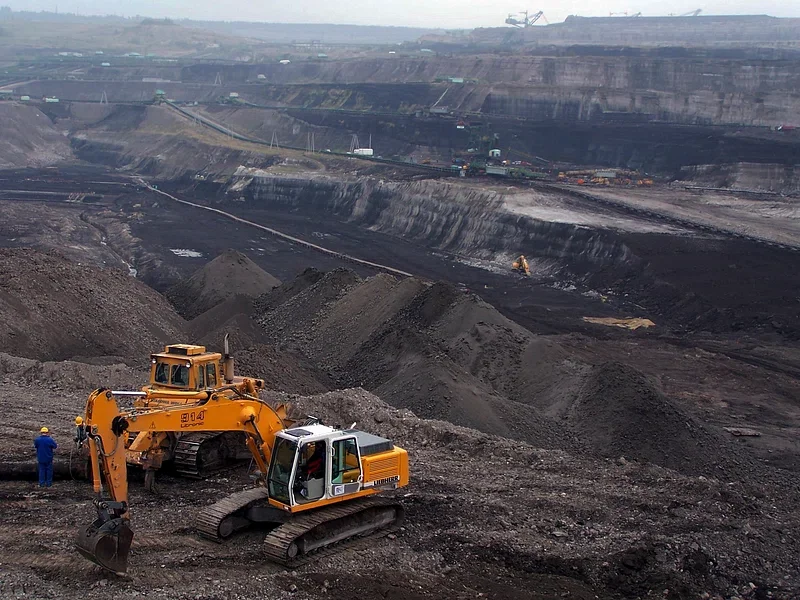Denman, Aberdeen, Muswellbrook, Scone Healthy Environment Group v Mach Energy and Independent Planning Commission
[2025] NSWCA 163
Denman Aberdeen Muswellbrook Scone Healthy Environment Group Inc v MACH Energy Australia Pty Ltd
[2025] NSWCA 163
Successful appeal against decision by NSW Land and Environment Court to dismiss judicial review proceedings challenging approval by the IPC of Mach Energy’s Mount Pleasant Coal Mine expansion. Acting for Hunter Valley community group, Denman Aberdeen Muswellbrook Scone Healthy Environment Group (DAMSHEG). In a landmark decision, the NSW Court of Appeal found that the IPC’s approval was invalid, because the IPC had failed to consider climate impacts of the coal mine expansion as they manifested in the locality of the mine.
The Court found that this was a mandatory relevant consideration when considering environmental impacts in the locality under s4.15 of the Environmental Planning and Assessment Act 1979 (NSW), notwithstanding that 98% of emissions would be generated outside of Australia, as exported greenhouse gas emissions. The Court of Appeal found:
[236] The evidence before the Commission established that the effects of global warming on New South Wales and, in particular, in the locality during the life of the project and beyond, were such as to cause, and increase the incidence of, extreme weather events (flood, bushfire, drought, reduced run-off etc), increased temperatures (in excess of global averages) and rising sea levels which would compromise residences and business in the locality (and potentially lead to evacuation) and cause significant economic and personal harm to the population, both human and non-human, and the environment which may be irreparable. These effects were acknowledged by MACH in its EIS (although not in the detail provided by Denman’s evidence and submissions). The Commission’s obligation to consider the likely impacts of the development on the natural and built environment in the locality of the mine, as required by s 4.15(1)(b), required it to address these potentially adverse effects in the locality. This obligation could not be discharged by general references to the effects of global warming on the planet generally.
[237] The evidence indicated that there were features of the locality which made the locality particularly susceptible to the effects of global warming. These features included the greater than average temperature increases in the locality as a result of global warming, as compared with average increases for the planet; the lack of altitude of coastal areas, with the consequence that any increase in sea level would have an immediate impact on the land in the vicinity; and the increased susceptibility of the locality to extreme weather events as a consequence of global warming.
This case was run by Principal Lawyer Anita O’Hart, together with Senior Associate Asha Keaney, of Johnson Legal representing DAMSHEG. Naomi Sharpe SC and Matthias Thompson of Counsel appeared in the hearing of these proceedings before the NSW Court of Appeal for DAMSHEG.
MACH Energy has sought special leave to appeal the NSW Court of Appeal’s decision to the High Court of Australia.

